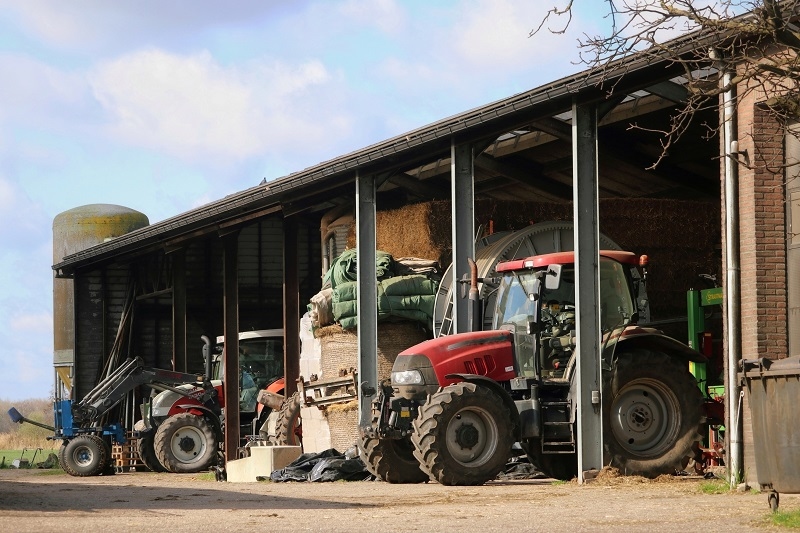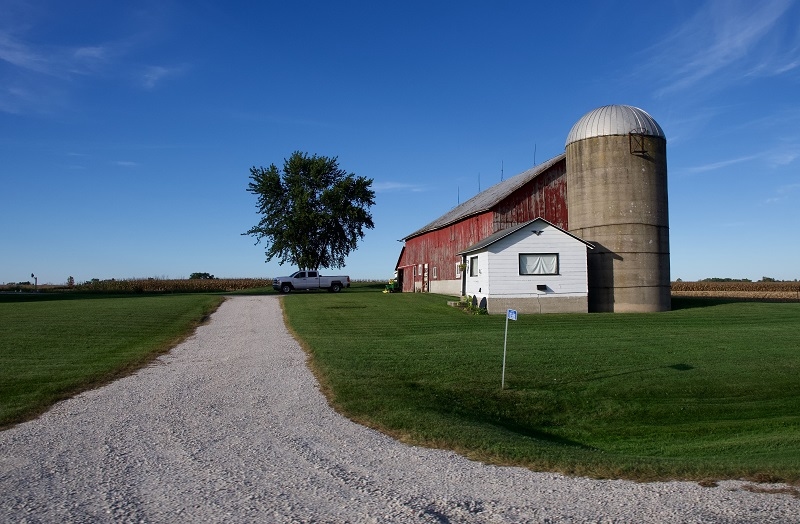
If you think farm equipment storage is just about keeping dust off your machines, you’re missing the bigger picture. Proper storage can mean the difference between inflated insurance premiums and serious savings. Insurers don’t just look at what you own—they look at how you protect it. So, if you're not leveraging your equipment storage setup to cut down risks, you're leaving money on the table.
Let’s get tactical. Here’s how smart storage choices can bring those premiums down without cutting corners.
Insurance is all about risk. The more risks you eliminate, the more insurers reward you with lower rates. And guess what’s a major risk magnet? Poor equipment storage.
Leaving your tractors, harvesters, or sprayers exposed to theft, fire hazards, or storm damage is an open invitation for trouble—and higher premiums. Insurers pay attention to details like whether you’ve got a farm equipment storage shed, how secure it is, and whether you actually use it the way you should.
Let’s start with the obvious: if your gear is worth six figures, don’t let it sit under a leaky tarp. Build a purpose-driven farm equipment storage shed that does more than just keep things dry.
What works:
A locked, well-lit, structurally sound shed is a signal to your insurance provider that you're not taking chances. That usually translates to lower premiums—sometimes by 10% or more.
Also check: Smart Storage Strategies to Boost Farm Equipment Longevity
Not ready to rebuild your entire shed? Fine. These quick wins can still make a big difference.
A. Hang, Don’t Heap
Use PVC pipe sections, heavy-duty hooks, and magnetic strips to get tools and cables off the ground. Tangled messes aren’t just annoying—they’re trip hazards. And those trip hazards? They make you look sloppy to both auditors and insurers.
B. Label Everything
Clear labeling shows you run a tight ship. It also makes inventory management easier in case of a claim. If your stuff gets damaged or stolen, you want proof that it existed—and was stored right.
C. Climate Control ≠ Overkill
Got electronics or smart tech in your new idea farm equipment? Keep them in temperature-controlled zones. Heat and moisture can ruin control panels, and you better believe insurers know that.
Not everything has to live on your property. Using an equipment storage service can reduce your on-site liability—especially during the off-season.
Here’s how to choose the right equipment storage services:
Some services even specialize in storing new idea farm equipment—like tech-heavy drones, planters, or self-driving tractors—which require a different level of care than your standard harrow.
Insurers take note when you're using a professional equipment storage service. That’s because third-party storage often includes higher levels of security and maintenance than most farms provide on their own.
Letting expensive machinery sit untouched for months is asking for problems. Leaks, critters, weather—all of it leads to damage and depreciation.
Here’s what you do instead:
That log? It’s gold when filing a claim. Insurers love documentation. And it can also help justify better rates.

Farm storage isn’t what it used to be—and that’s a good thing. Some of the smartest farms are embracing new idea farm equipment storage strategies that do more than just prevent rust.
All the storage hacks in the world won’t help if your insurance strategy is outdated.
Here’s what to tweak:
Call your agent and ask directly: “What storage upgrades would lower my premium?” Then do them. Most won’t even cost much, but they could shave hundreds off your annual bill.
You’d be shocked how many farmers don’t keep a current inventory of their equipment. When disaster strikes, they’re scrambling to prove what they had—and insurers won’t just take your word for it.
So:
Tie each item to its storage location. It’s another layer of organization that shows you’re reducing risk—and that’s insurance gold.
A fancy farm equipment storage shed doesn’t mean much if it’s a fire trap. Install:
Bonus: Keep all chemicals in a separate, ventilated mini shed. That separation minimizes fire risk and helps you stay OSHA compliant.
Insurers don’t want guesswork. They want proof. So give it to them.
Here’s how:
This kind of paper trail gives your underwriter confidence. Confident underwriters offer better rates. It’s that simple.
Let’s say you own $500,000 worth of machinery. Your current premium sits around $5,000 per year. You build a secure farm equipment storage shed, add CCTV, and start logging maintenance. Your insurer knocks off 12%. That’s $600 saved annually—for doing what you should be doing anyway.
Add a bundled policy and shift your older implements to an equipment storage service, and you might shave off another 5–8%.
End result? You’re getting better protection and saving thousands long-term.
You may also like: Best Alarm & Security Systems for Farm Equipment Safety
Farmers are planners. You plan planting cycles, harvest windows, equipment upgrades. Why not plan for lower insurance premiums, too?
Dial in your farm equipment storage strategy. Whether it’s building a better shed, outsourcing to professional equipment storage services, or upgrading your current setup with some smart, cost-effective tweaks—it all adds up.
Better storage isn’t just about convenience. It’s a signal. To thieves. To insurers. To the weather, even. It says: “Not today.”
And your insurance premiums will thank you for it.
This content was created by AI